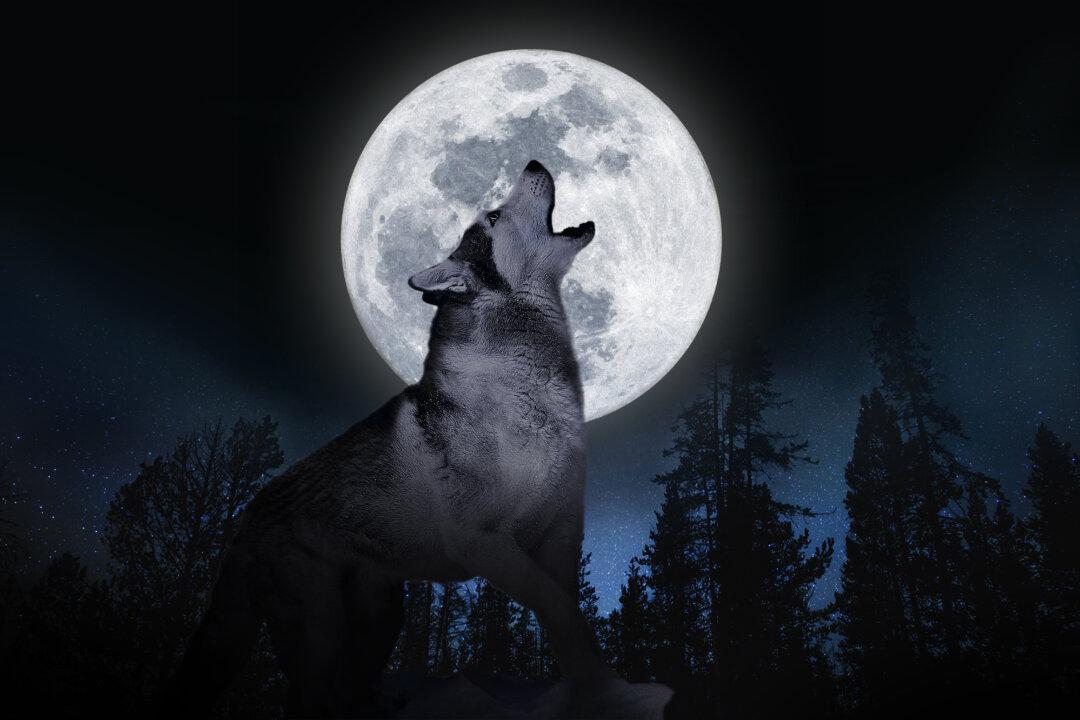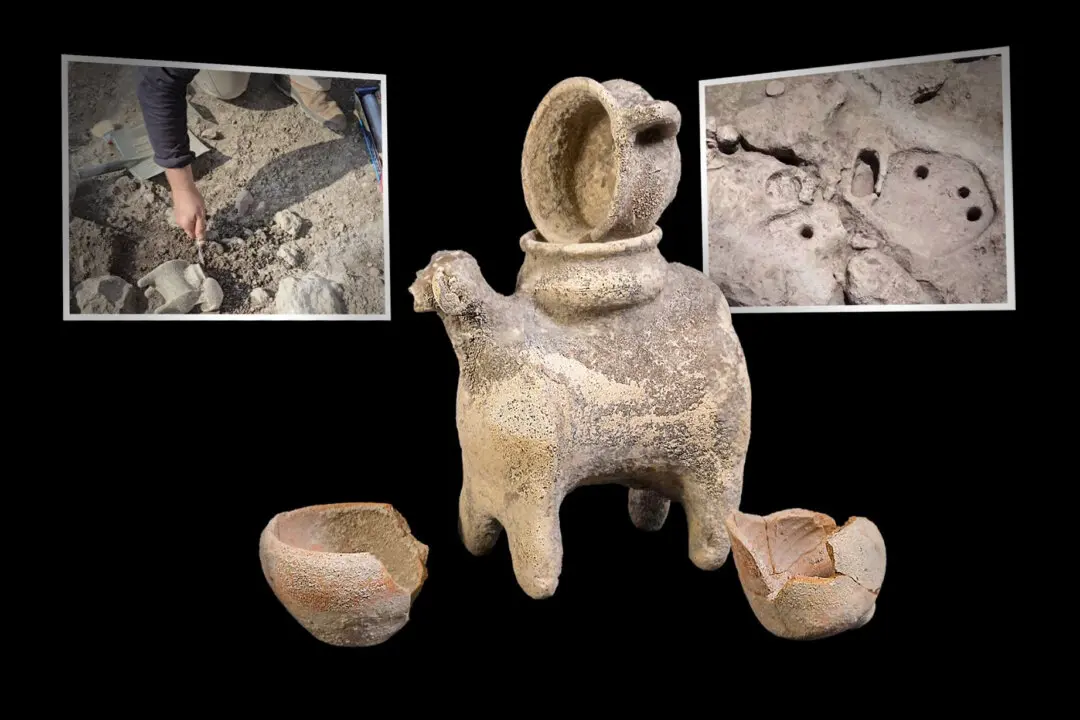The first full moon of each year is called the Wolf Moon, and this new year it will reach peak illumination at 5:27 pm EST on Monday, Jan. 13.
Look eastward on the evening of the full Wolf Moon and you may glimpse it looming brightly well above the horizon, as full moons reach their highest annual position in winter.





